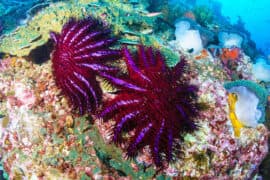Torquigener pleurogramma
(Torquigener pleurogramma)
Description
Torquigener pleurogramma, commonly known as the weeping toadfish, is a species of fish in the family Tetraodontidae. It is found in the coastal waters of Australia. Its flesh is highly toxic. Charles Tate Regan described the species in 1903. Early records in Australian waters of the orange-spotted toadfish (Torquigener hypselogeneion) refer to the weeping toadfish. Other common names for Torquigener pleurogramma include banded toadfish and common blowfish. Reaching 22 cm (8.7 in) in length, Torquigener pleurogramma has an elongate body with a rounded back and flattened belly. It has a small mouth with thin lips at its apex and a tiny chin. It has dense sturdy spines from its nose to halfway between its pectoral and dorsal fins. It has greyish or greenish upperparts dotted with lighter and darker dots and dark bands. The chin is yellowish and belly is white. There is a dark brown stripe running from the base of the pectoral fin to the tail fin along the fishes sides. There are several dark lines running vertically down its cheeks that give the fish a "weeping" appearance. Its corneas turn yellow in bright light. It can be distinguished from the orange-spotted toadfish (which is not found in Australian waters) by its more prominent spines. The range is from Hervey Bay in central Queensland to Narooma in southern New South Wales on Australia's east coast, and from Adelaide around to Coral Bay in Western Australia. It is found off Lord Howe Island but not Tasmania. It lives in shallow salt water and can gather around jetties and piers. It can be found to depths of 27 m (89 ft).
Taxonomic tree:







